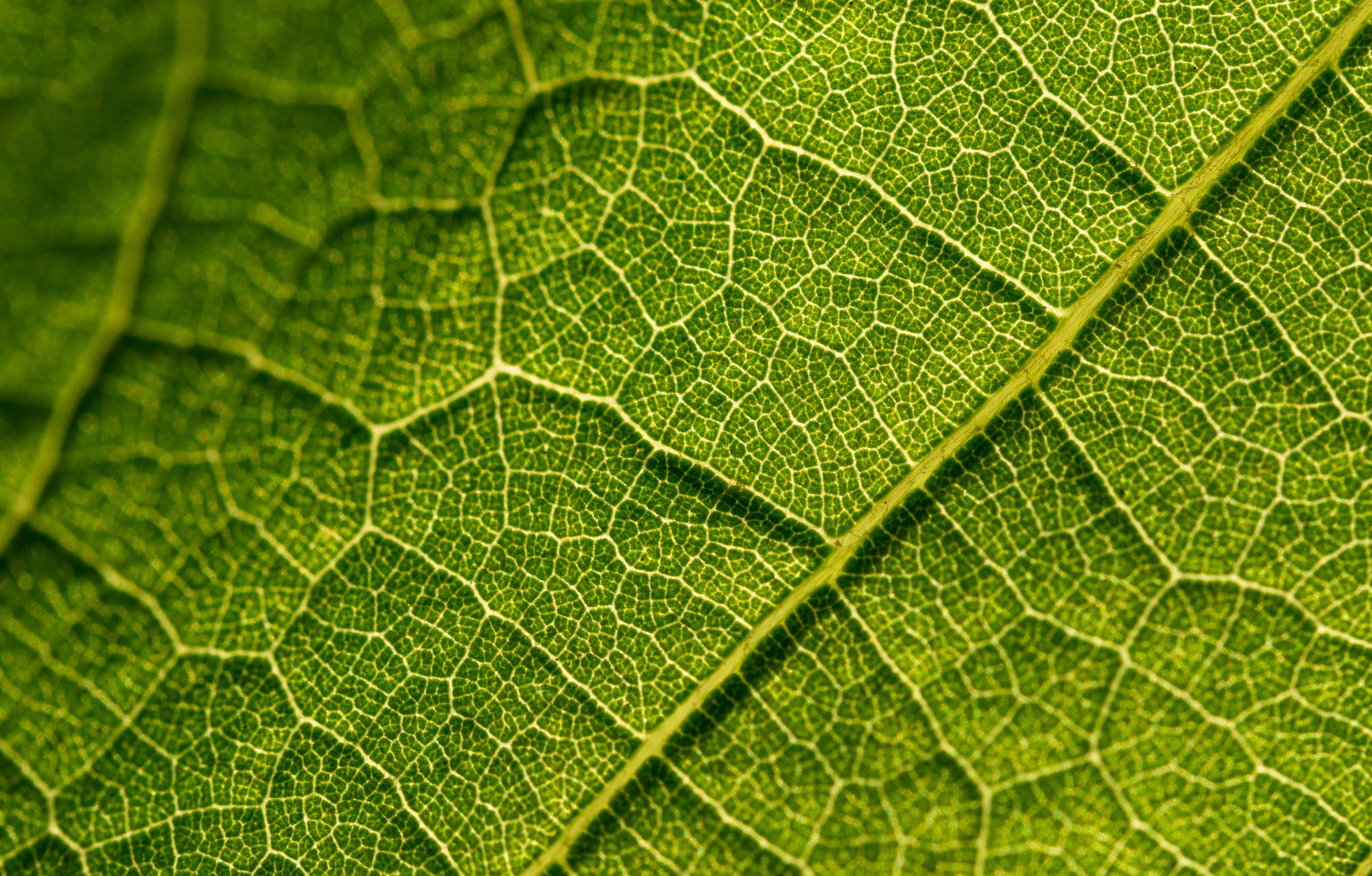Designing for Mother Nature
There was a time, not so long ago, when I tried to solve a rather interesting problem, through design work, and ended up designing an app I named “Plant Informer.” The concept for the project started when I was randomly watching a documentary about the lives of trees. It examined, in depth, their interconnectedness, mysterious intelligence, and dilemmas they face. There was a section in which it specifically mentioned the predicament trees face with invasive plants. It spurred me on to explore the topic more extensively. I discovered, through my own research, the astonishing impact that invasive plants can have; they can disrupt both natural and urban ecosystems. They are non-native, brought in from dissimilar regions, and can overtake, reduce the population of native plants, and ultimately end the lives of countless insects and animals dependent on the native ecosystem. Essential environmental functions can be disrupted, damaging the soil, affecting the quantity and quality of water supplies, and accelerating the release of carbon back into the atmosphere. And to make matters worse, once the plants have spread, they may be extremely difficult, or even impossible, to remove. I read that the decline of more than 40% of US endangered and threatened species have been linked to this issue.
I also researched into what some solutions could be to the problem. I realized, through my research, it would be beneficial to spread awareness and try to think of a way to make invasive plant solutions more easily accessible to people, and present the solutions in a single comprehensive location. This led me to rough out an idea for the “Plant Informer” app. Users could set their location and the app would easily inform them of which plants are native, or non-native and invasive. They could then replace the intruding growth with noninvasive plants. Also through the app, it would be easy to report local invasive plant sightings, or even find volunteer work to help combat the problem.
With that initial idea in mind, I then made a medium-fidelity prototype of the app, and tested it on potential users. Subsequently, I refined and redesigned according to the users’ feedback and problems they encountered when using the app. I was eventually able to create a well-designed, easy to use, and conceptually useful, high-fidelity version of the app. In the end, all the steps I took to design the app directly related to me becoming more of a design professional because I feel I took an efficient path to bring my product into fruition, and if I was working on the app on a team within a large company, I could have still used similar steps to achieve my goals.
